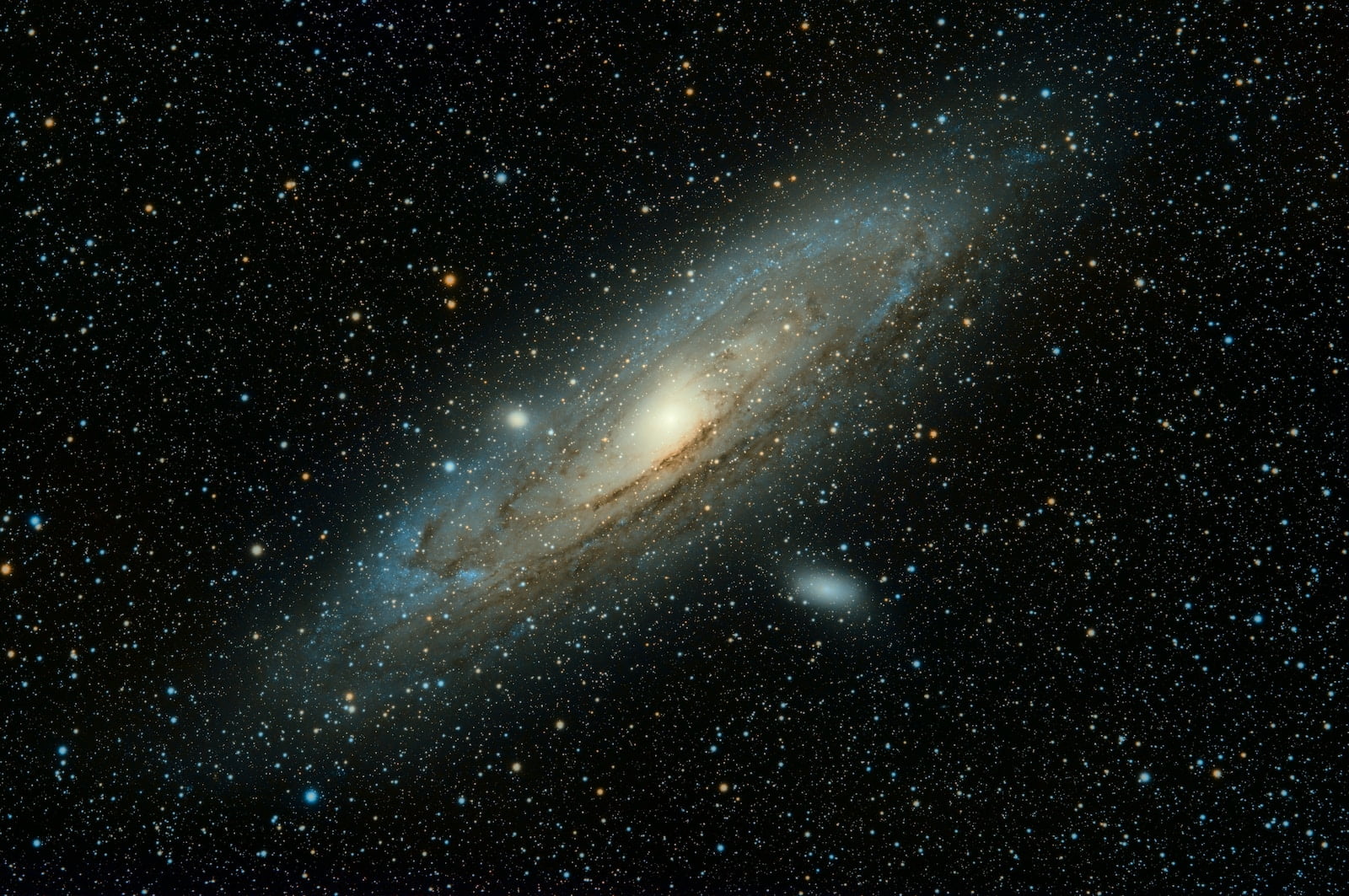Sugar Dissolving In Coffee Chemical or Physical Change…
When you pour sugar into your morning coffee, have you ever wondered if something more profound than sweetness is happening? Is the simple act of sugar disappearing into your cup of joe a chemical change, or is it just a physical transformation? In this article, we will delve into the world of chemistry to unravel the mystery behind sugar dissolving in coffee. By the end of this exploration, you’ll have a clearer understanding of the science behind this everyday occurrence.
Also Read : Protect Your Smartphone from Hackers…..Know How ?
The Basics of Dissolving
What is Dissolution?
Dissolution is a process in which a solid substance, in this case, sugar, disperses uniformly in a liquid, which is the coffee. It’s a fundamental concept in chemistry and is often described as a physical change.
Sugar Molecules
Sugar, chemically known as sucrose, is composed of carbon, hydrogen, and oxygen atoms. These molecules are held together by chemical bonds. To understand if dissolving sugar in coffee is a chemical change, we need to explore what happens to these bonds during the process.
Also Read : How to Make Money by Investing ?
Physical Change vs. Chemical Change
Physical Change
In a physical change, the substance’s chemical composition remains unchanged. What alters is its physical state or appearance. When sugar dissolves in coffee, it doesn’t change its fundamental chemical structure; it simply breaks down into its individual sugar molecules, spreading throughout the coffee.
Chemical Change
A chemical change, on the other hand, involves the alteration of a substance’s chemical composition. New molecules are formed, and the original substance no longer exists in its previous state. An example of a chemical change is when wood burns and turns into ash.
Sugar Dissolving in Coffee
The Process
When you stir sugar into your coffee, the sugar molecules interact with the coffee molecules. The polar water molecules in the coffee surround and bond with the sugar molecules, breaking the attractive forces holding the sugar crystals together. This allows the sugar to disperse evenly throughout the coffee.
Also Read : Disadvantages of AI in the Future
Chemical Bonds
While the sugar molecules are changing their associations, the fundamental chemical structure of sugar remains unchanged. The carbon, hydrogen, and oxygen atoms in sugar are still present in the same ratios, and no new substances are formed. Therefore, the dissolution of sugar in coffee is primarily a physical change.
Factors Affecting Dissolution
Temperature
The rate at which sugar dissolves in coffee can be influenced by temperature. Higher temperatures typically lead to faster dissolution because the water molecules move more rapidly and collide with the sugar crystals more frequently.
Stirring
Stirring your coffee accelerates the dissolution process. It ensures that all sugar particles come into contact with the coffee, promoting even and faster dissolving.
Also Know : Disadvantages of Smartphone Payments Apps
Conclusion : Is Sugar Dissolving in Coffee a Chemical or Physical Change?
In conclusion, the act of sugar dissolving in coffee is not a chemical change but a physical change. Sugar’s chemical composition remains the same, with no new substances forming during the process. Instead, sugar molecules break apart and disperse throughout the coffee, creating that sweet and satisfying morning beverage.
Frequently Asked Questions (FAQs):
1. Is sugar dissolving in coffee reversible?
2. Does the type of sugar affect the dissolution process?
3. Why does stirring help sugar dissolve in coffee faster?
4. Can you speed up sugar dissolution by adding more sugar to your coffee?
5. Is sugar dissolving in coffee similar to dissolving salt in water?
In this article, we’ve explored the science behind sugar dissolving in coffee and clarified that it is indeed a physical change rather than a chemical one. So, the next time you enjoy your sweetened coffee, you’ll know a bit more about the chemistry happening in your cup.



